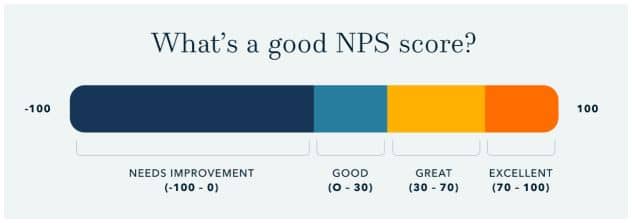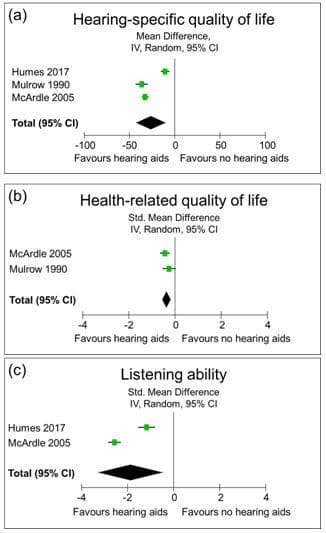Feb. 26, 2019
New WHO Report Outlines Vital Role of Early Identification of Hearing Loss
Hearing loss is a global challenge that affects an astonishing one in three people over the age of 65. To intensify the matter, untreated loss, as a plethora of studies indicate, increases the risk of health complications, including dementia, depression, social isolation, and more frequent hospitalizations. A new, wide-ranging report, however, reveals the pervasive impact of hearing loss across Europe








